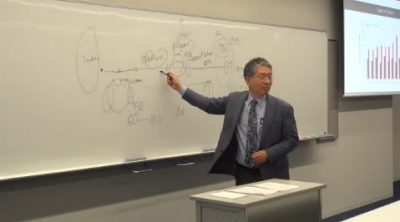| 教員/講師名 | 浦元 義照 |
|---|---|
| 開催年度 | 2017年度 |
| 開催日 | 春学期 |
講義概要 This course examines various forms of inequality arising from the increasing global flows of capital, goods, and people across national boundaries. While globalization has a great potential to increase opportunities and economic mobility, it has resulted in uneven distribution of social and economic benefits within and among nations. The World Bank commended the progress made by the international community under the Millennium Development Goals (MDGs): “The number of people living in extreme poverty around the world is likely to fall to under 10 percent of the global population in 2015.” Since 2000, about 1 billion people have risen out of extreme poverty. The World Bank, however, evaluates that the global poverty remains unacceptably high and geographically concentrated with Sub-Saharan Africa accounting for 43 percent and South Asia a third of global poverty. Furthermore, global poverty is also concentrated in natural resource-based economies where the share of the natural resource-based exports such as coffee, wood, copper and petroleum products is 30 percent or higher in 2011. About 37 percent of the global poor live in natural resource-based countries. ||Why does globalization not contribute to human efforts to achieve a world free of poverty? What prevents increased mobility and opportunities from distributing benefits equally? Can free trade with comparative advantage lift all boats? Why is poverty concentrated in natural resource-based economies? What is the role of agriculture in reducing poverty? Can free trade in food contribute to poverty reduction? What food systems are required to address the root causes of global poverty? ||In order to ensure a quality learning environment, TOEFL 550, TOEFL IBT 79, TOEFL ITP 550, IELTS 6.0 or the equivalent English skills are preferred.This does not apply to FLA, Green Science and Green Engineering students as well as exchange students from universities that use English as the language of instruction. |
|
